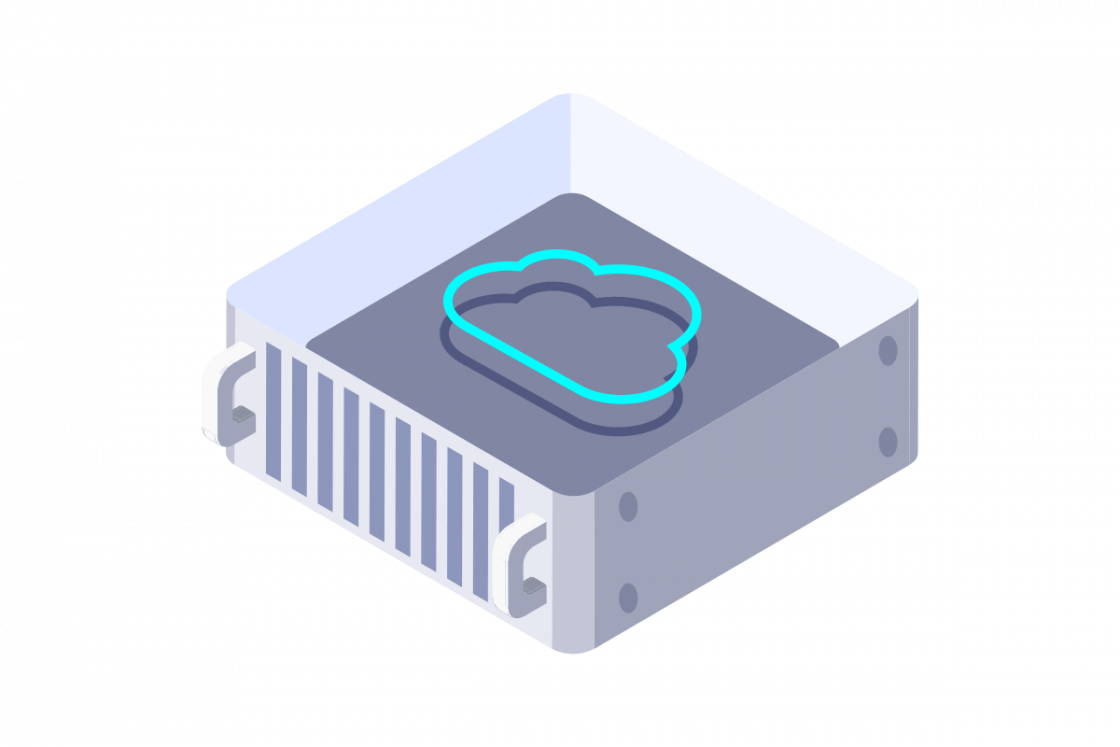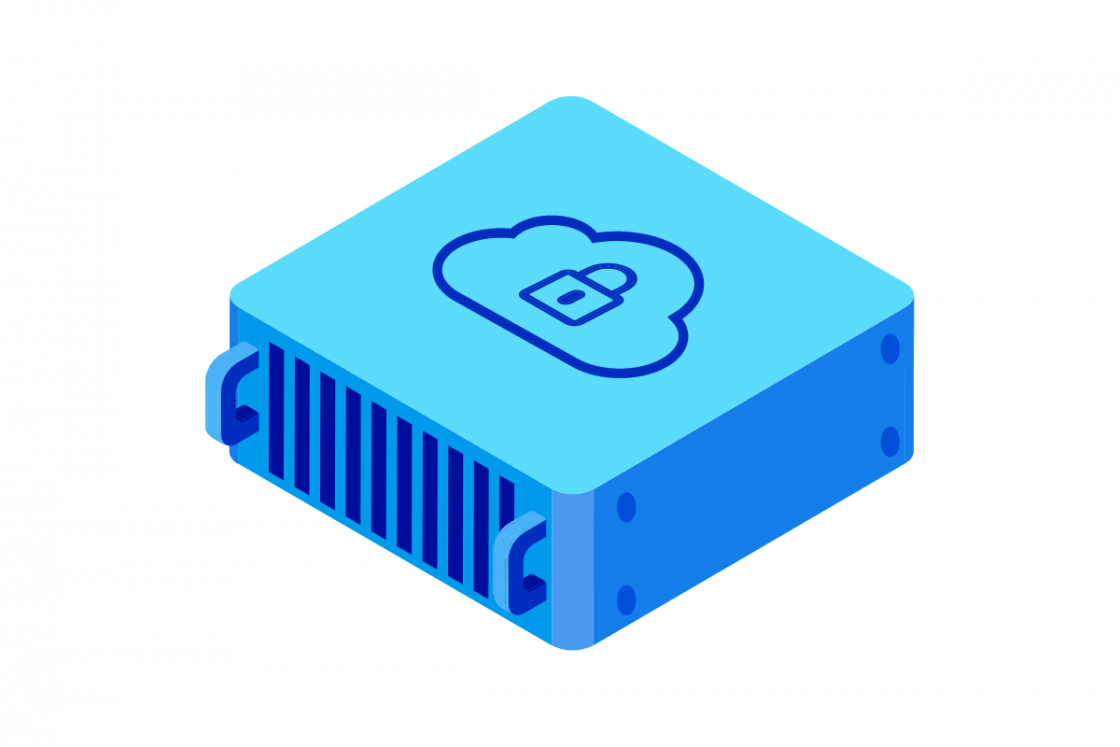What is Bare Metal Cloud?
The term "Bare Metal Cloud" has emerged as a significant concept for businesses seeking high-performance computing solutions. At its core, Bare Metal Cloud refers to a type of service where the user gains direct links to physical servers without the layer of virtualisation that is common in traditional environments.
This means that the hardware is not shared among multiple users through virtual machines, but instead, a single tenant has an exclusive link to the server's resources. This setup is akin to having a dedicated server, but with the added flexibility and scalability that services typically offer.

The absence of a hypervisor, which is the software layer that enables virtualisation, ensures that the user can utilise the full capacity of the server's CPU, memory, and storage without any overhead. This direct access to hardware resources makes it an attractive option for workloads that demand high performance, low latency, and stringent security.
The concept is particularly appealing to organisations that need to run applications with intensive computational requirements or those that must adhere to strict compliance regulations.
By eliminating the virtualisation layer, users can achieve performance levels that are comparable to on-premises infrastructure while still benefiting from the on-demand nature of cloud computing.
How Does a Bare Metal Cloud Work?
To grasp the functionality of a Bare Metal Cloud Server, it’s important to delve into the mechanics of how it operates within a provider’s ecosystem. When a user opts for a Bare Metal Cloud service, they are essentially renting a physical server from a cloud provider.
This server is not virtualised, meaning there is no hypervisor or additional software layer between the operating system and the hardware. The user can install their preferred operating system directly onto the server, configure it to their specifications, and run applications without the interference of other tenants’ workloads.
This direct interaction with the hardware allows for maximum control over the environment, enabling users to optimise performance based on their specific needs.
The provisioning process for dedicated sever hosting is often automated, much like other services. Users can select a server configuration through a web portal or API, and the provider will allocate a physical machine from their data centre inventory.
Once provisioned, the server is accessible remotely, allowing the user to manage it as if it were located on-site. Unlike virtualised environments where resources are abstracted and shared, a Bare Metal Server ensures that the allocated server is dedicated solely to the user, providing consistent performance without the risk of “noisy neighbors” impacting resource availability.
Additionally, many providers offer integration with other services, such as storage or networking, to create a hybrid environment where Bare Metal servers can interact with virtualised resources for greater flexibility. This seamless operation makes Bare Metal Cloud a powerful tool for businesses that require both power and scalability.
Bare Metal Cloud vs. Dedicated Server
When comparing it to a traditional virtual machine dedicated server, the distinctions lie primarily in deployment, management, and scalability.
Dedicated server hosting is a physical machine leased to a single tenant, typically hosted in a data center or on-premises, with the user responsible for its maintenance, updates, and security. While this offers complete control over the hardware, it often comes with longer provisioning times, as setting up a dedicated server can take days or even weeks depending on the provider and location.
Furthermore, scaling a dedicated environment requires additional equipment procurement, which can be both time-consuming and costly, limiting agility for businesses with fluctuating demands.
In contrast, Bare Metal Cloud combines the benefits of hardware with the rapid provisioning and scalability of cloud computing. Users still have exclusive link to a physical server, but the deployment process is significantly faster, often completed within minutes or hours through automated systems.
This on-demand nature allows businesses to scale their virtual private cloud (VPC) infrastructure up or down based on workload requirements without the long-term commitment associated with traditional servers.
Additionally, these services are typically managed by the provider to some extent, reducing the burden of equipment maintenance and allowing users to focus on their applications.
Bare Metal Cloud vs. IaaS
Infrastructure as a Service, or IaaS, is a broader category of cloud computing that includes virtualized resources such as virtual machines, storage, and networking, delivered on a pay-as-you-go basis.
While Bare Metal Cloud falls under the umbrella of IaaS, it differs significantly from the typical virtualised IaaS offerings. In a standard IaaS environment, items are abstracted through virtualisation, meaning multiple users share the same physical hardware via virtual machines managed by a hypervisor. This abstraction allows for high flexibility and resource efficiency but introduces a power overhead due to the virtualisation layer, which can impact latency-sensitive applications.
Bare Metal Cloud, on the other hand, eliminates this virtualisation layer, providing direct links to the underlying equipment. This results in superior speeds, as there is no overhead from a hypervisor, and users can fully utilise the server’s resources without contention from other tenants. However, this comes with reduced flexibility compared to virtualised IaaS, as Bare Metal servers cannot be as easily resized or migrated as virtual machines.
Types of Bare Metal Cloud Services
The Bare Metal Public Cloud market offers a variety of service models tailored to different needs and use cases, reflecting the diversity of business requirements in today’s digital economy. One common type is the on-demand Bare Metal Cloud, where users can provision servers instantly through a self-service portal or API, paying only for the duration of use.
This model is ideal for short-term projects or workloads with unpredictable demand, as it provides the flexibility to scale resources without long-term commitments. Another variant is the reserved Bare Metal Cloud, where users commit to a specific configuration for a fixed term, often at a discounted rate compared to on-demand pricing. This is suitable for businesses with stable, long-term workloads that require consistent performance.
Benefits of a Bare Metal Cloud
The advantages of adopting a Bare Metal Cloud including for private cloud and hybrid cloud are numerous, particularly for organisations with demanding computational needs. One of the most significant benefits is the unparalleled performance that comes from a direct link to resources. Without the overhead of a virtualisation layer, applications can run at their maximum potential, achieving lower latency and higher throughput compared to virtualised environments.
This makes Bare Metal Cloud an excellent choice for workloads such as real-time data processing, high-frequency trading, or large-scale simulations that require every ounce of available computing power.
Another key advantage is the enhanced security and isolation provided by dedicated equipment. Since the server is not shared with other tenants, there is no risk of data leakage or performance interference from neighboring virtual machines, which is a concern in multi-tenant environments.
Limitations of a Bare Metal Cloud
Despite its many benefits, Bare Metal Cloud hosting is not without its challenges and limitations, which organizations must consider before adoption. One of the primary drawbacks is the reduced flexibility compared to virtualized cloud environments.
Unlike virtual machines, which can be easily resized, cloned, or migrated, Bare Metal servers are tied to specific hardware, making it more cumbersome to adjust items on the fly. Scaling a Bare Metal Cloud infrastructure often requires provisioning additional physical servers, which can introduce delays compared to the instantaneous scaling of virtualized resources.
Cost is another consideration, as Bare Metal Cloud services tend to be more expensive than their virtualized counterparts due to the nature of the equipment.
While the performance benefits of bare metal may justify the expense for certain workloads like cloud storage, businesses with budget constraints or less demanding applications might find virtualized IaaS more cost-effective.
Common Use Cases for Bare Metal Cloud
The unique characteristics of Bare Metal Cloud make it particularly well-suited for a variety of use cases where performance, security, and control are critical. One prominent application is in high-performance computing, where tasks such as scientific simulations, data analytics, and machine learning require substantial computational resources.
The direct link to equipment in a Bare Metal Cloud environment ensures that these workloads can execute with minimal latency and maximum efficiency, delivering results faster than would be possible in a virtualized setting. Similarly, industries like gaming rely on Bare Metal Cloud for hosting multiplayer game servers, where low latency and high throughput are essential for providing a seamless user experience.
Another common use case is in database hosting, particularly for large-scale, mission-critical databases that demand consistent performance and high availability. By running databases on Bare Metal servers, organizations can avoid the performance variability introduced by virtualization, ensuring reliable access to data even under heavy load.
OVHcloud and Bare Metal Cloud
OVHcloud provides a comprehensive range of solutions to power your digital infrastructure. Whether you need the raw performance of dedicated hardware, the security and control of a private virtualized environment, or the scalable flexibility of the cloud, we have a service designed to meet your specific needs. Explore our offerings to find the perfect fit for your projects.

Bare metal servers
Experience unparalleled performance and complete control with OVHcloud Bare Metal Servers. Designed for your most demanding workloads, our bare metal solutions provide dedicated physical servers with no virtualisation layer, ensuring maximum power and stability.

Private cloud
Build your secure and scalable virtualised environment with OVHcloud Private Cloud. Our private solutions offer a managed VMware-based infrastructure, combining the flexibility of virtualisation with the isolation and control of a private environment.

Public cloud
Scale on demand and innovate faster with OVHcloud Public Cloud. Our public cloud services provide a flexible and cost-effective way to deploy and manage your applications and infrastructure. Powered by open standards and a vast range of services, including computing, storage, networking, and more, you can easily provision items as needed, paying only for what you consume.